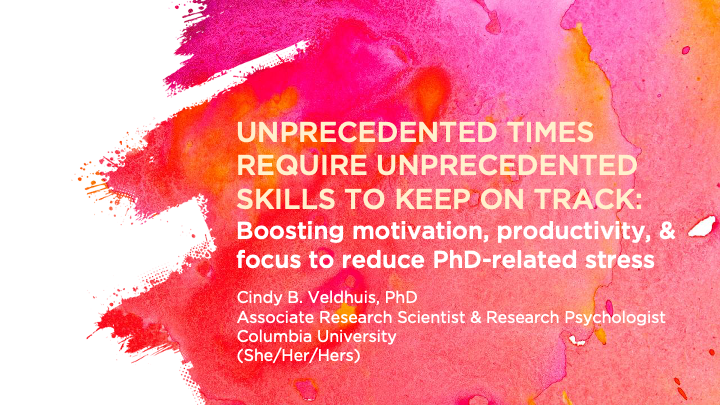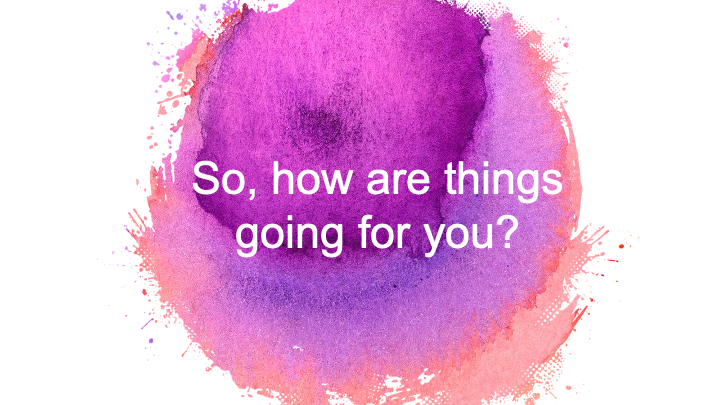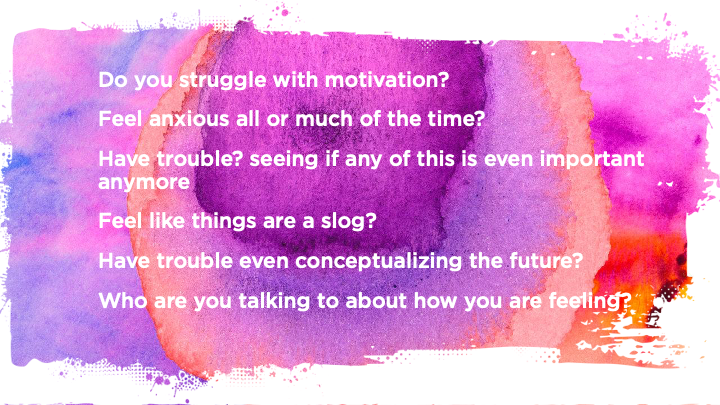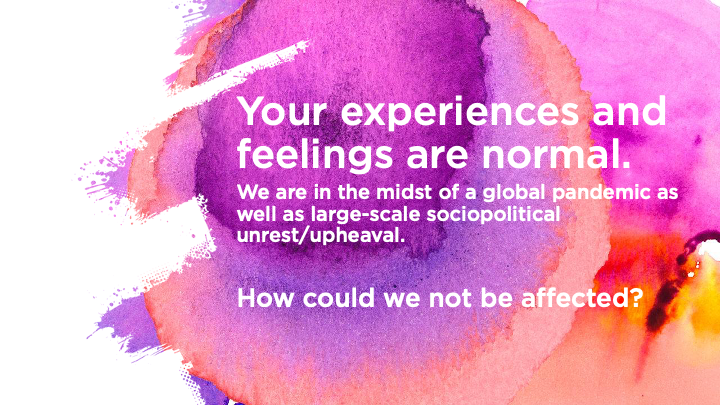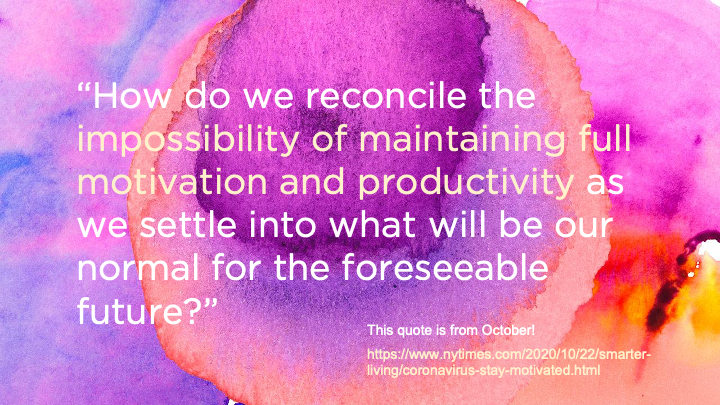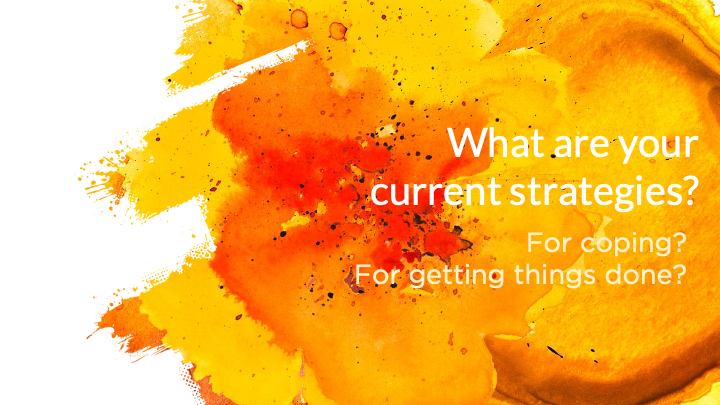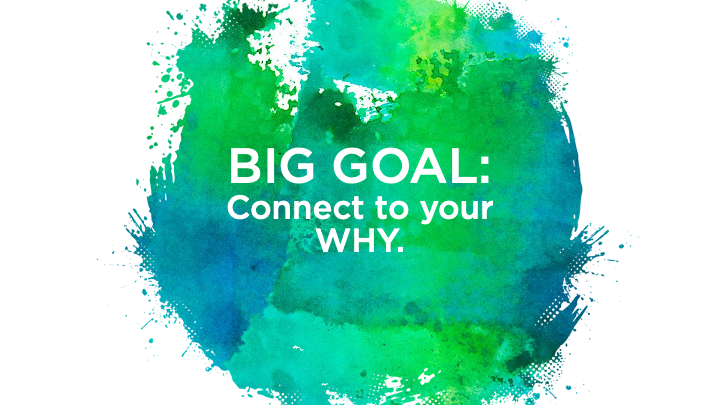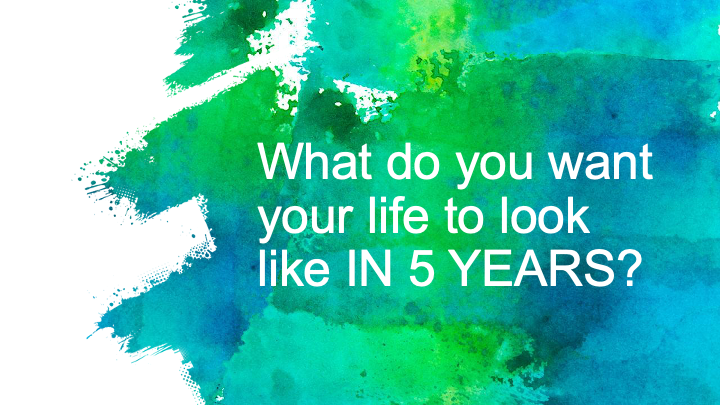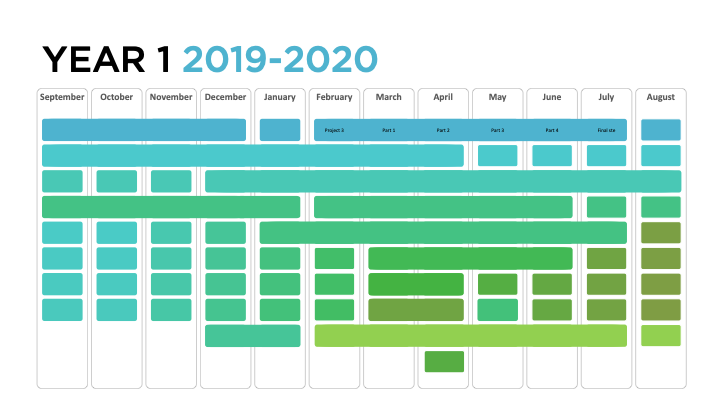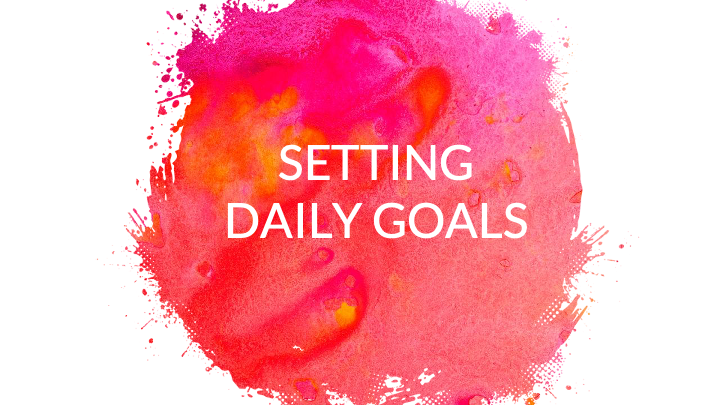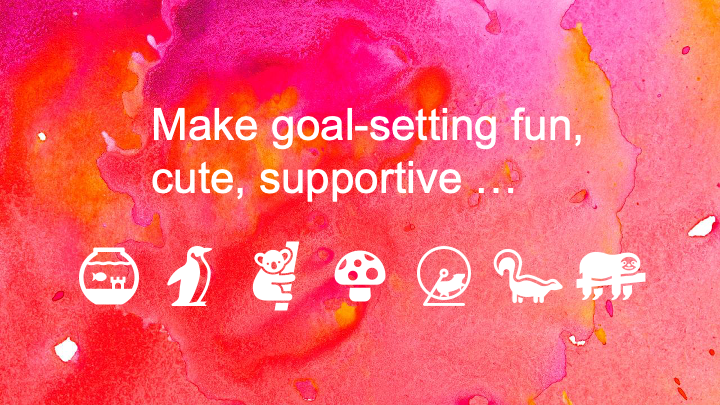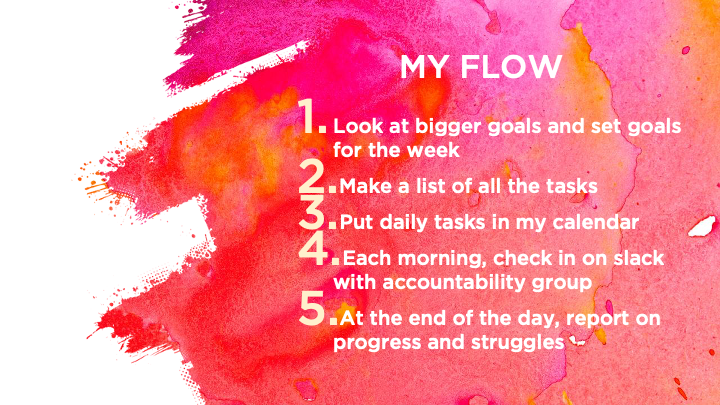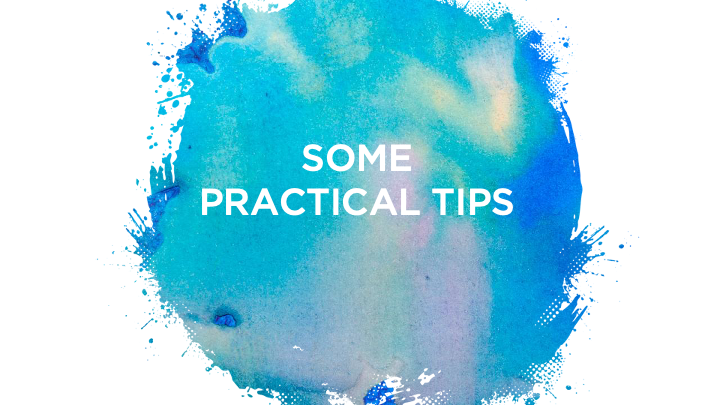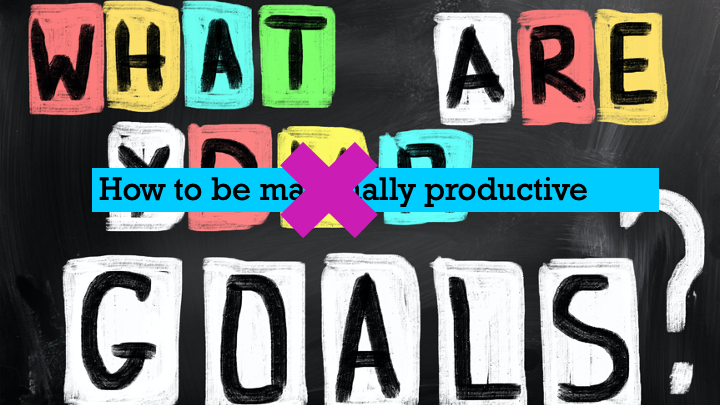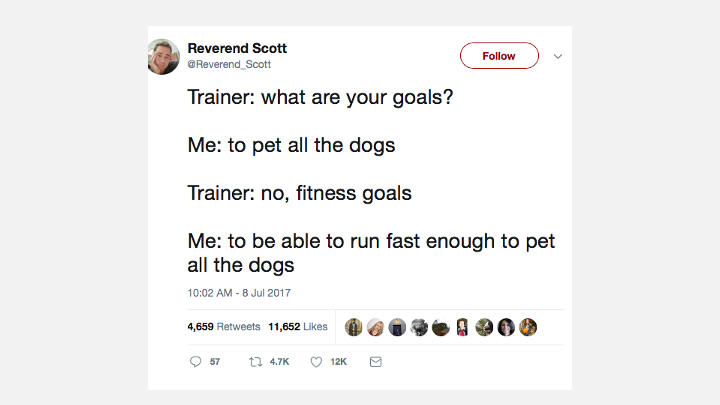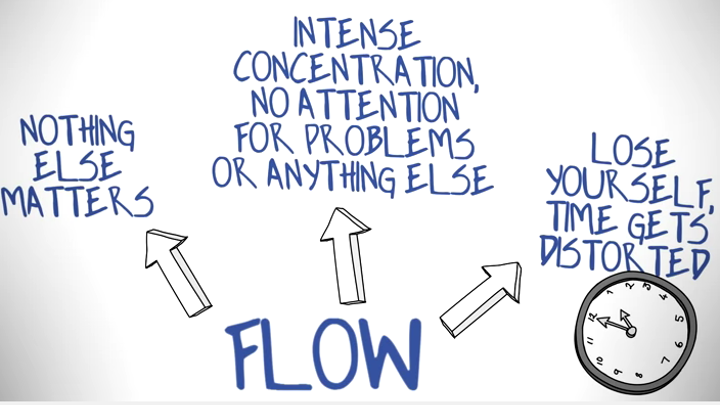In academia it is never enough – someone always has more pubs, works more hours, gets more awards, more ... You can’t chase that person – you won’t win bc there will always be someone else to chase. This can make it hard to talk about struggles. 
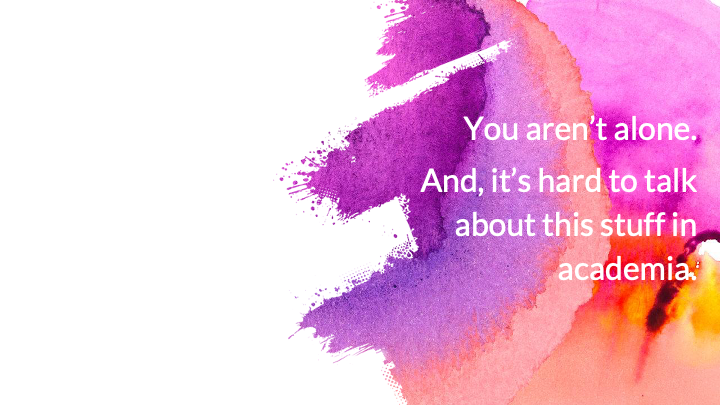
Key is to reconnect to intrinsic motivation – what motivates you internally – & set reasonable goals that help you reach your own end goals (not someone else’s).
Motivation, stress, pressure, imposter syndrome, high unachievable expectations, worries about the future, worries about your family, isolation, uncertainty… 
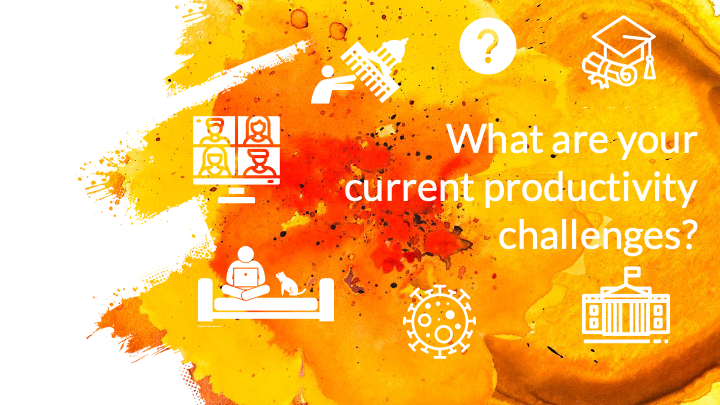
Icons stand for (clockwise:from person stretching): be flexible, let yourself feel, use left brain, be realistic, use rewards, go outside, prioritize, do fun things, breathe, think abt big picture/ideal future, eat bao, take control over what you can, self-compassion, music/arts 
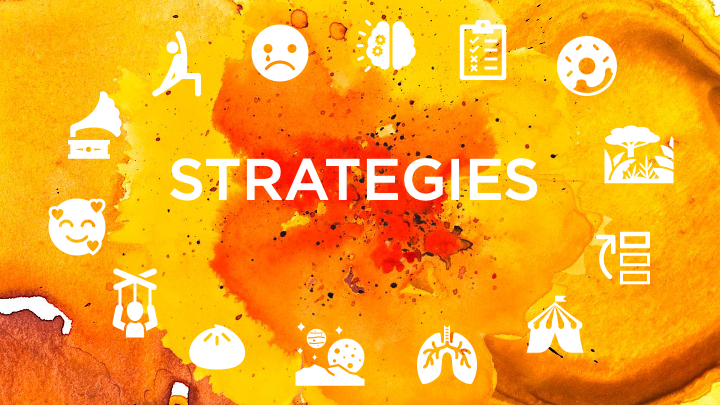
On the idea of rewards @prof_mirya does this - she assigns points to her goals and then rewards for diff levels of points. @Sakiera_Hudson tried this last semester and it looks like it could be a really good reward/bribe system.
Or why are you doing research, teaching - or whatever it is you do. What are your big huge visions for your potential impacts on the world? 
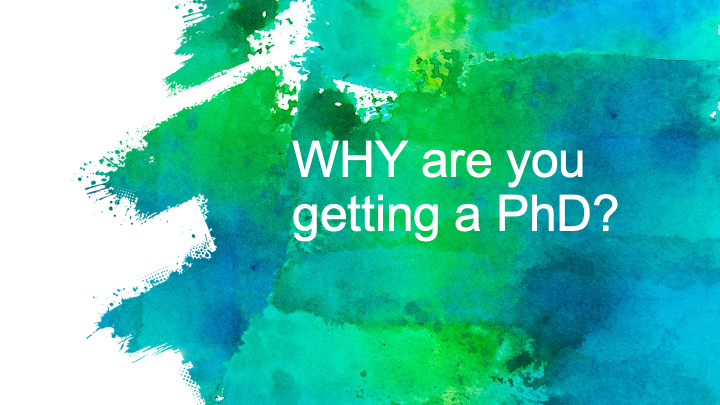
To figure out your plan, work backwards from your ideal 5 year self. What do you need to do to get there? 
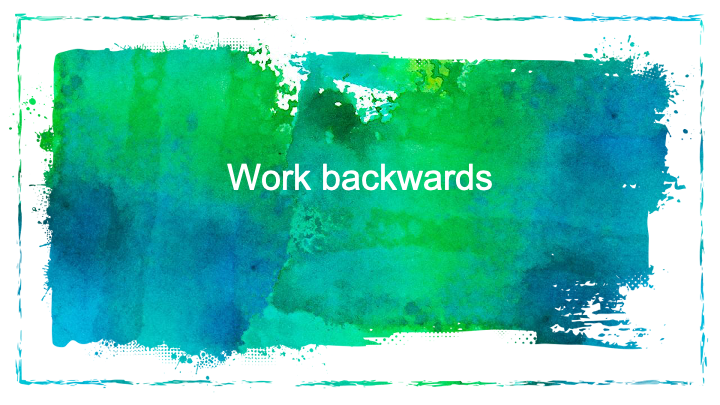
My 5 year plan worksheet. Write you big goal for each year then the activities (research, pubs, grants, training) that help you meet that goal 
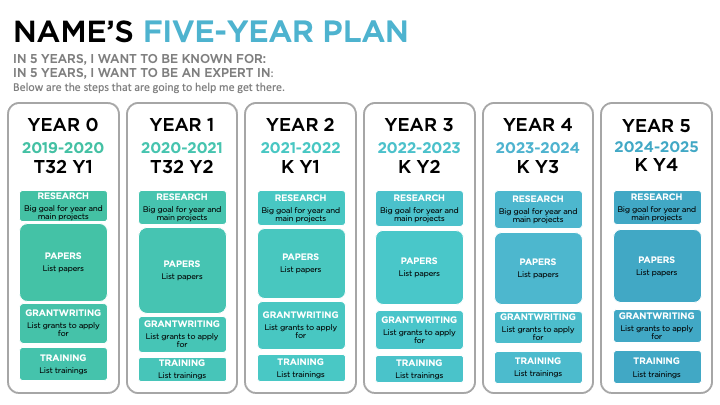
when you set your goals, it can help to delineate what you NEED to do that day versus what would be nice. This can be super helpful now given the worldwide upheaval and that your plans may get thwarted. 
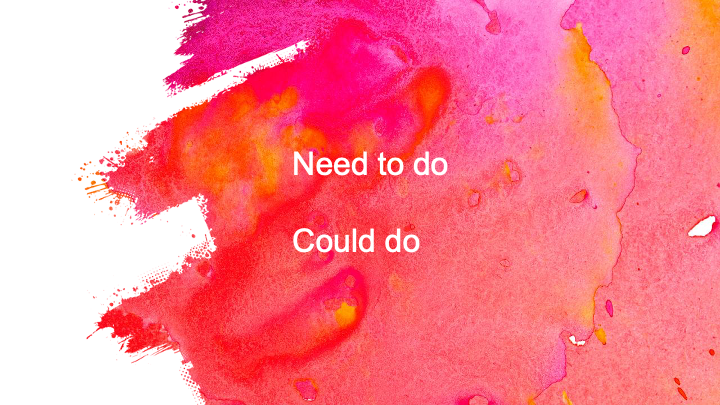
@CNortonDane has sold me on timeboxing which (to me) means you actually plot out the time to do things. 
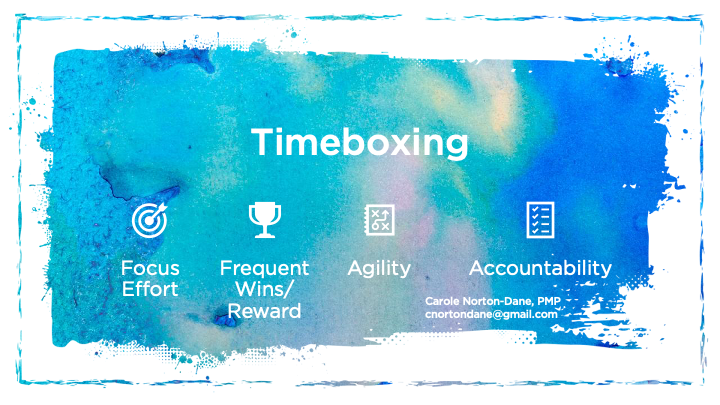
this is an example of my timeboxing - everything in purple is a timebox, everything in blue is a meeting, I try to timebox my mornings for work related to my personal goals and then afternoons are for meetings and to do things for other people (doesn’t always work though) 
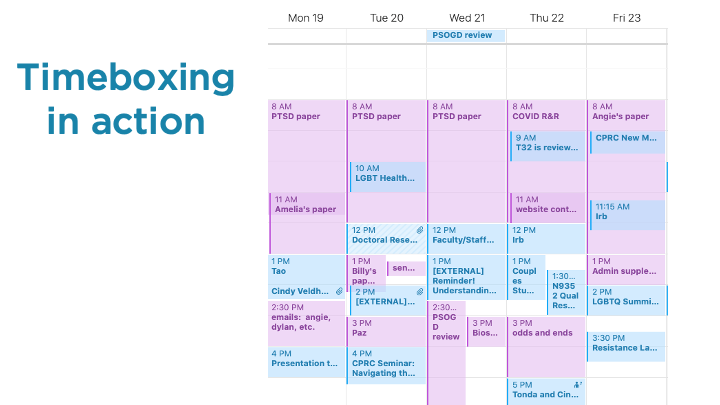
Of note, I have sound notifications for texts & emails turned off on my phone & laptop. I also have an extensive set of email filters to help me work mostly undisturbed. I don’t always have willpower to totally turn off email during projects needing focus-though sometimes I do.
I strongly recommend getting an accountability group together - people who you trust and with whom you don’t feel competitive. Ours is on slack, which I really like personally. It’s turned into a really lovely, supportive place and I truly feel accountable to them. 
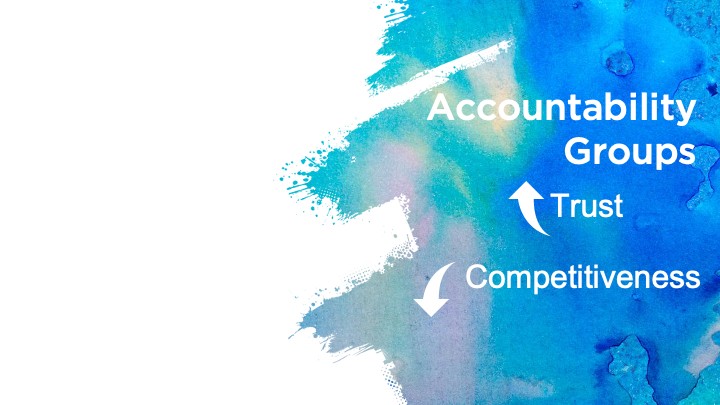
@CNortonDane tried to convince me to do this every morning and it cracks me up to think of a bunch of random researchers standing up and holding each other accountable each am. But we do do this in our accountability group - virtually - and that works well. 
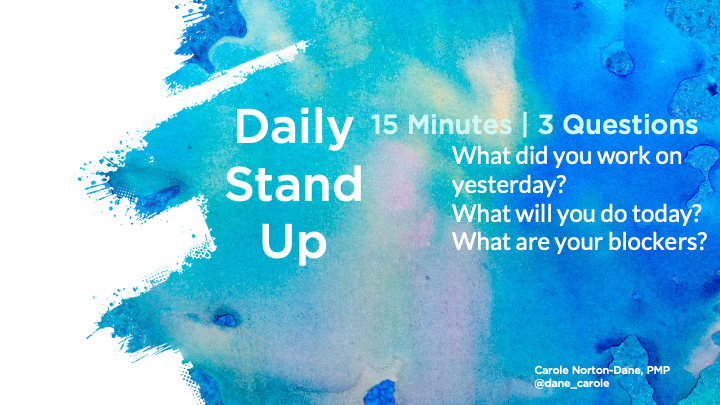
It can be really hard right now to feel like that manuscript or thesis is really meaningful in the scheme of things. Connecting to your bigger goal of what impact you hote you and wor work will have is important for keeping you more motivated. 
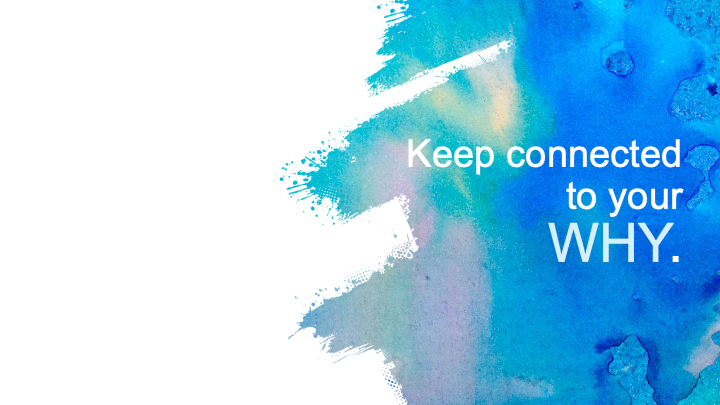
set your goals, adjust them as necessary, completely bust them if they are unrealistic or not helpful to getting you where you need to go, negotiate deadlines and timelines, and reschedule if needed. 
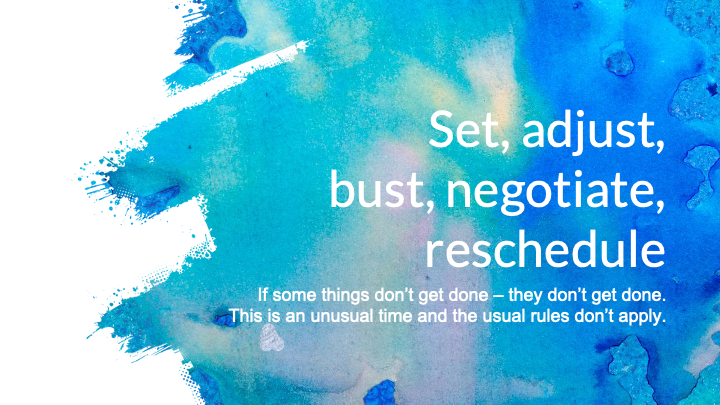
the pomodoro technique. This can really help get you focused - you just have to work for 25 mins. That is all. Then another 25, then another. This can help with tasks you dread - just do it for 25 mins. 
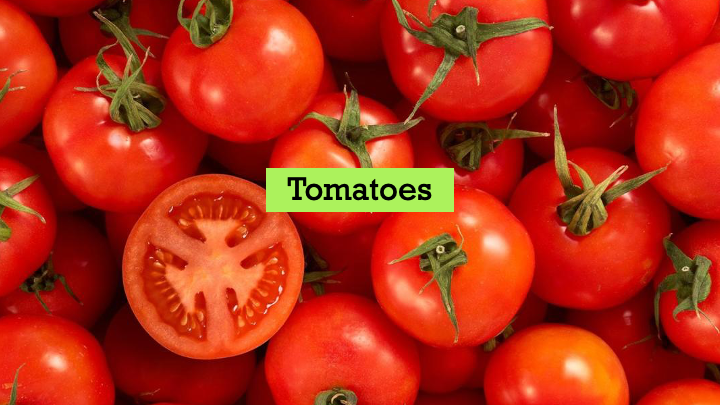
A student today asked how to figure out how long things take you. For me, everything takes me at least twice as long during the pandemic. I used to be super efficient and am less so now. 
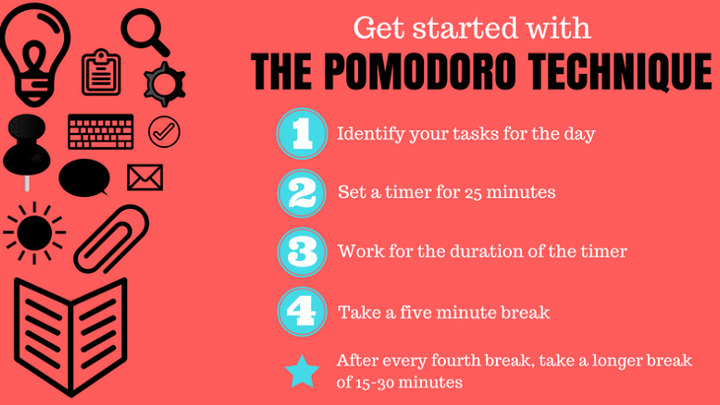
The pomodoro technique can give you little deadlines that can help constrain projects to specific time periods so they don’t spread out. It can also help you track how long things take you so you can set more reasonable timelines later.
Point on this slide is to make sure you are making time for things in the top left quadrant - that is likely where things related to your own goals reside, and yet they often get pushed aside for the urgent things. 
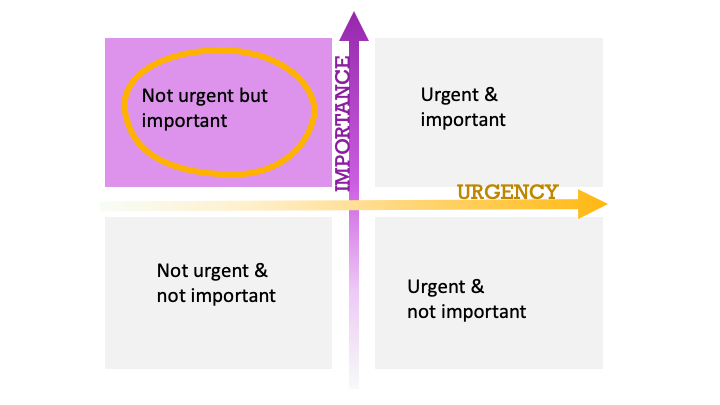
Timeboxing can help with this - box out your time and then box out time to respond to urgent things.
I then talked about self-complexity as it is an important buffer - especially now. You can read more about that here:

https://twitter.com/CindyBVeldhuis/status/1255809451233357826

• • •
Missing some Tweet in this thread? You can try to
force a refresh

